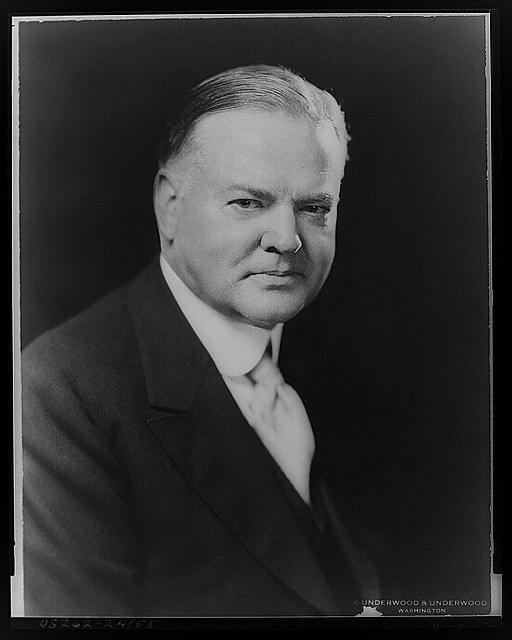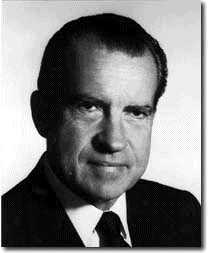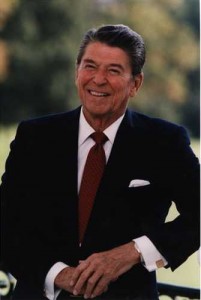The Republican Party has “died” many times. Yet it always seems to be resurrected.
We can start with Herbert Hoover, whose administration coincided with the Great Depression. Elected in 1928 at the height of economic prosperity, Hoover has ever since been associated with the worst economic disaster in American history. He did help make it happen; specifically, he helped prolong it with his government interventionist policies. But his successor, FDR, was the one who made sure it lasted an entire decade. Hoover gets all the blame; FDR is considered the “savior” of America. Life isn’t fair.
It took a while for the Republicans to return to the top. Not until 1952 did another Republican candidate win the presidency: Dwight Eisenhower. His two terms were marked by an economic upswing similar to the 1920s.
In the 1960s, after the assassination of JFK, then-president Lyndon Johnson took advantage of the sorrow over that tragedy to lead the country into an interventionist stage from which it has never fully recovered.
Due to the shock of the Kennedy assassination and the general mood of the country–ready to try full government intervention–the Republican nominee in 1964, Barry Goldwater, didn’t stand a chance. The electoral margin was so huge that many commentators again suggested that the Republican Party was nearly as extinct as the dinosaurs.
Vietnam, though, proved LBJ’s undoing, and in a year of unequalled civil strife in the 20th century, Nixon was able to gain the presidency in 1968. The Republicans returned from the grave once more.
 Nixon brought the soldiers home and won an astounding electoral victory for his reelection in 1972. He lost only Massachusetts and Washington, DC. But that campaign featured the Watergate breakin, which then dominated the news for the next two years, ending in Nixon’s resignation. That debacle did nearly bury the Republicans. They lost so many congressional seats in 1974 that their influence was virtually nonexistent. As the 1976 election approached, it seemed that President Ford (who rose to the presidency through appointment and then the Nixon resignation) had no chance at all. Surprisingly, he almost pulled it off, losing narrowly to Jimmy Carter.
The Carter years, though, were a disaster. I won’t recount all the problems at this point except to say that the economy was the worst since the Great Depression and the Iranian revolution had created the embassy hostage situation, which Carter seemed ill-prepared to handle.
That set the stage for Reagan’s victories–electoral, economic, and in the Cold War. The Republican Party was back again. And even though Clinton won two terms in the 1990s, it is probably (should be) a consensus that Reagan changed the terms of political debate with his policies. Although Clinton was president for eight years, for six of those years, Republicans controlled Congress and remained in control until 2006.
We are now at a place where some people are insisting, once more, that the Republican brand is out of date and nearly extinct. That has been the story for decades, but the story never seems to end there. Can a new generation of leaders actually do some leading? Will the Republicans regain their footing (beginning with a true and consistent message)? We will see. It would be foolish to count them out now.




